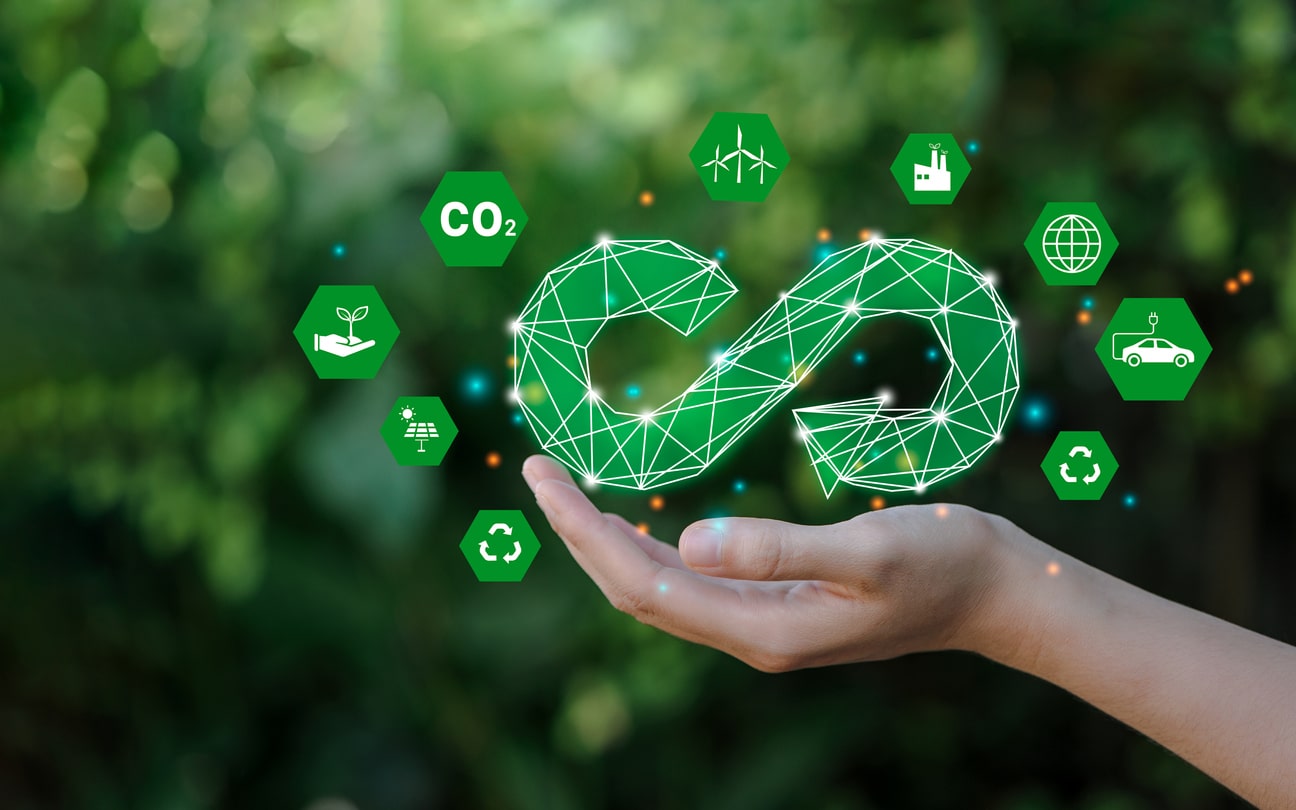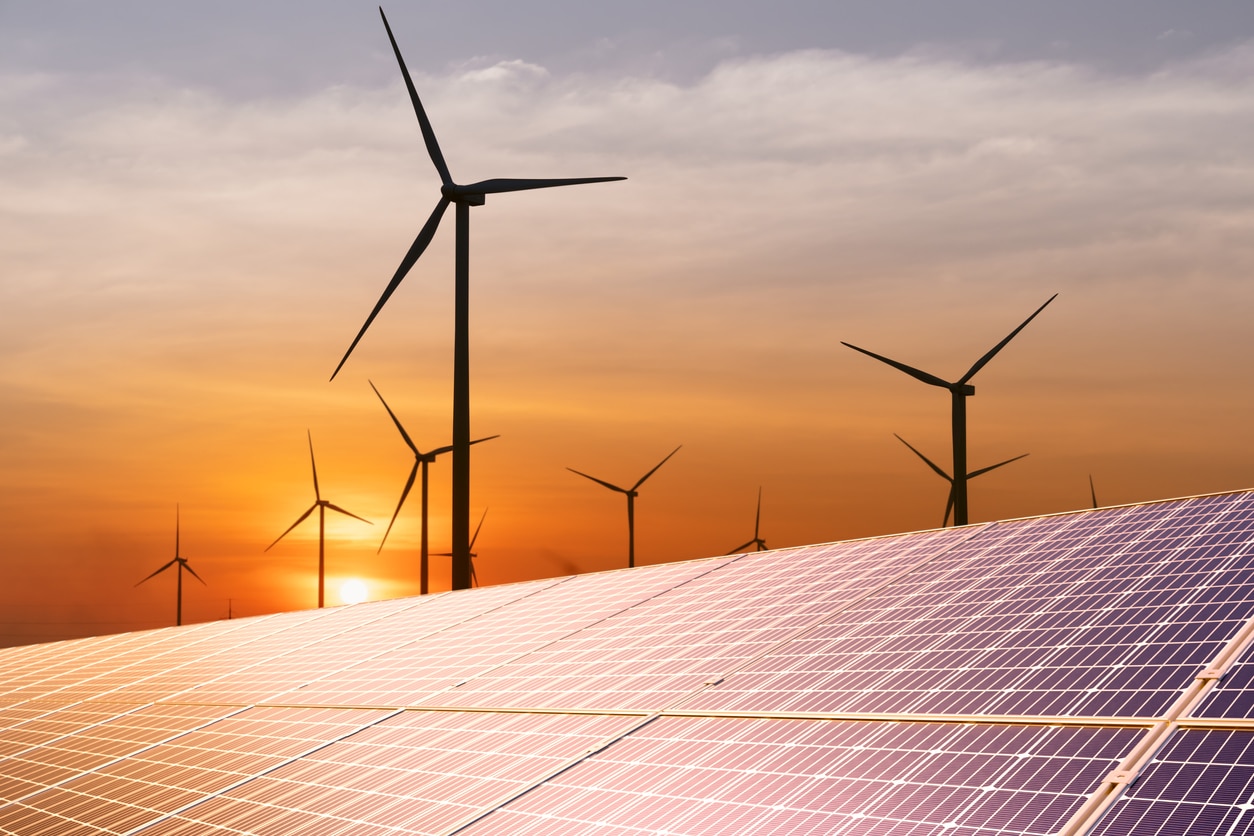
Minimize Waste: The 7 Essentials of a Circular Economy
A circular economy serves one key purpose — to keep products and services in circulation for as long as possible. This system requires resource reuse, recycling and regeneration to minimize waste and support the environment, not just the financial system. These seven essential elements of a circular economy will play critical roles in creating a sustainable future.
1. Repurposing Waste
The biggest key to maintaining a circular economy is finding ways to repurpose waste. Identifying a new purpose for old or damaged goods is a cost-effective strategy that helps homes and businesses avoid purchasing new, more expensive items they might not need. Here are some real-world examples of industries repurposing materials in creative ways:
- Shipping: Waste from discarded containers and packages makes up about 28% of all waste in the United States. Rather than getting new packaging materials, shipping companies can reuse cardboard, plastic, aluminum and steel cans.
- Electronics: Obsolete tablets and computers can be donated to schools, churches and underprivileged communities. The various metals in these devices can also be recycled into scrap for other purposes.
- Health care: Many approved drugs have more than one benefit. Hospitals can use them to treat different conditions instead of holding onto them to use for a singular purpose. This strategy cuts research and development costs and reduces health care waste.
- Construction: The construction industry generates about 600 million tons of debris annually. Rather than demolishing old buildings, companies are upcycling them and giving them a modern purpose to revive the surrounding communities.
- Automobiles: Old cars may still have working parts others can use. Former fleet vehicles can also be sold, or donated, to another business or individual. The scrap metal from demolished automobiles can be recycled back into the economy.
It’s impossible to find a new purpose for everything being thrown away, but every industry must at least make an effort. A circular economy requires participation from small businesses, large corporations and the average consumer. Every innovation makes a small dent in global pollution and reduces the need to harvest new raw materials.
2. New Technologies
There is a common misconception sustainability requires giving up modern technology. The opposite is true. Recent technological advancements have made a circular economy much more feasible. Artificial intelligence and machine learning have enabled the expansion of fully automated machinery that removes human error from manufacturing.
Automated processes are faster and more accurate than humans, which helps companies make the most of their resources and minimize waste. Some common examples of automated machinery include automatic guided vehicles (AGVs), autonomous mobile robots (AMRs) and collaborative robots (cobots) designed to work alongside humans.
The average household can also support a circular economy by getting smart home devices to reduce energy consumption. They independently monitor climate, lighting and air quality to create a better living environment, while reducing utility costs.
3. Renewable Energy
Investing in renewable energy is the next key to creating a circular economy. Pollution from burning fossil fuels is responsible for one in five deaths worldwide by causing health issues such as cancer, heart disease and asthma. It’s also the world’s greatest contributor to greenhouse gas emissions.
Solar energy is currently the most practical alternative to fossil fuels. It has proven effective in powering homes and businesses and will become cheaper as battery prices decrease. Other viable options include wind power, geothermal energy, hydropower and biofuel. These energy sources might look different, but they share one important quality — they have an unlimited supply.
4. Sustainable Infrastructure
Humanity must revisit its infrastructure for a circular economy to last multiple generations. Cities currently aren’t equipped to accommodate renewable energy sources, autonomous devices and new waste repurposing systems. Some big changes need to happen, starting with urban design.
Many cities are investing in walking and cycling paths to achieve several goals at once — slash vehicle emissions, encourage healthy lifestyles and help people get the goods and services they need. Eco-friendly building materials and design plans will also reduce pollution and make cities more hospitable.
5. Education and Training
Adopting a new economic model also requires citizens to gather new knowledge and skills. Educating the next generation to protect the environment and make sustainable lifestyle choices will be crucial to maintaining a circular economy. For example, Metabolism of Cities is a community-led platform where people can share information about reducing urban pollution.
Similarly, businesses must cultivate new skills in their employees to enforce environmental standards and reduce waste. This training method is also known as green upskilling because it often focuses on topics such as energy efficiency, waste management and acquisition of sustainable materials.
6. Green Business Models
Green business models play a crucial role in a circular economy. They include one or all of the following elements — repurposing products and materials, sharing resources with other businesses and finding substitutes for unsustainable materials. In any case, environmental impact takes precedence over maximum profits.
For example, companies can provide a twist on customer incentive programs by encouraging people to return their used goods. They could also collaborate to host community events, such as sustainability seminars or tree-planting projects, to benefit the environment while raising brand awareness.
7. Circular Consumer Behaviors
Consumer behaviors must adapt to the circular economy model. They can start by prioritizing eco-conscious businesses and researching their sustainability initiatives before buying from them. They can also consolidate their orders to minimize packaging volume, request recycled packing materials and cut out single-use items altogether.
The everyday choices of average people ultimately determine the success of any economic model. You must adjust your shopping habits and always buy with the environment in mind to see a circular economy come to life.
Do Your Part to Create a Circular Economy
The current economic system might have its plusses, but excessive waste is a huge problem that has resulted in major environmental damage. A circular economy enables holding onto the strengths of the old method while addressing the weaknesses. You can do your part to create a circular economy by getting involved in the community and changing your behavior as a consumer.



Post a comment